What is a Shunt?
A shunt is a resistive device employed to divert most of the current in an electric circuit. The earliest shunts were meter shunts used as external accessories to ammeters allowing one meter to be used for a variety of current levels depending upon which shunt was chosen. These were often massive 4 terminal devices with the smaller potential terminals connected to the meter and the larger current terminals connected to the circuit under test. Present day ammeters are more likely to be specific to a particular current range â one meter, one internal shunt. These internal shunts are resistors with current connections to the external terminals of the ammeter and voltage connections made internally to the meter movement. Shunt resistor is a precision Cu-Mn resistance
The shunt is designed for precision current measurement in instruments, industrial, and automotive applications, typically including energy meters, ampere meters, power inverters, and battery current monitoring.
Product Details:
Shunt composed mainly of manganese bronze and copper welding, the shunt has two sets of ramp at each end of the connector: Terminal outside with a group of potential, for power connections, within a group and measurement instruments for potential terminal connection.
Fixed constant value shunt Description:
Application: fixed constant value shunt is suitable for measuring DC currents below 10kA directly into the analog display instruments used in conjunction to expand outside of DC current measuring range shunt, or can be considered as current in the circuit in turn sampled by standard resistors, the sampling used in measurement of voltage can be thought of as a current analog signals.
Notes:
Shunt circuit cable (or copper) and shunt connection does not allow any human contact resistance, secondary voltage sampling points from the sampling point sampling. Second, the actual use of the current (long time) recommends no more than rated current of 80%.
Application:
Combined usage with DC panel meters according to rated voltage without adjustment.
Specifications:
Rated Voltage drop:50mV~100mV DC
Accuracy: Class 0.5
Material of shunt resistor: Manganin
Main technical parameter:
1)Rated voltage drop range: 1A-50A 10mV~800mVï¼51A-2500A 10mV~300mV; 2501-12000A 10mV~100mV
2)Ambient condition-25ï½+40â; Relative humidityâ¤80%ï¼35âï¼
3)Temperature rise: Put in rated current for 2hr, after the temperature rising steady test it: When the rated current less than 100A, the temperature rise should be no more than 80K; When the rated current more than 100A, the temperature rise should be no more than 120K.
4)Over load performance: 120% of rated current for 2hours.
5)Thermoelectric potential influence: no more than 50% of the index level.
Shunt resistor is a type of current sensor and commonly used for the measurement of electric current. Also known as ammeter shunt or current shunt, it measures the current by monitoring the change of voltage along the resistor which is serially connected in the main circuit.
The current shunts are usually made out of manganin resistors. Manganin shunt is particularly suitable for accurate current measurement - due to its highly stable propertities and extremely low temperature coefficient of resistance.
HC electric shunt resistors are primarily designed and made for energy meters to measure the current with required accuracy level. As a competent supplier of latching relays to a number of major smart meter manufacturers, we are often requested to provide ammeter shunts to our customers.
When required by a client, we can weld the current shunt directly on to the terminal outlet of a relay. Alternatively, we can weld the stranded copper wires to the shunt according to customer's technical requirements.
HC electric has a wide range of cost effective current shunts for its international customers to choose. The resistance of these manganin shunt products spans from 100μΩ to 2000μΩ. We can work with customers to meet any special requirement if the resistance needs to be outside this scope.
The other technical specifications of our manganin shunt products include:
ï·Ambient temperature: -20â ~ +70â
ï·Relative humidity: up to 95% at 40â
ï·Atmospheric pressure: 86Kpa - 106 Kpa
ï·Rated currents: 6A, 10A, 30A, 40A, 60A, 80A and 100A
ï·Insulation resistance: normal condition â¥100ï¼MΩï¼, post life test under high humidity â¥1ï¼MΩï¼
ï·Dielectric Strength: 500Vac (50/60Hz 1min)
ï·Temperature rise: no more than 60â under rated load (note: for reference only as it varies at different operational conditions)
ï·Properties of the electron beam welding band: resistivity 0.42 - 0.43 Ω mm2/m; thickness 0.5mm - 2.0mm
ï·Accuracy coefficient: no more than 0.2%/100A
ï·Resistance temperature coefficient: (0 ~ +40)*10-6/â
The most popular shunt resistors from HC Electric for energy meters:
HC30:
ï·Rated meter current: 30A
ï·Shunt Resistance options: 350uΩ / 400uΩ / 500uΩ / 600uΩ
ï·Distance between mounting holes: 21mm
ï·Mounting hole diameter: 5.2mm
ï·Maximum dimensions (L x W mm): 35 x 22
HC40:
ï·Rated meter current: 40A
ï·Shunt Resistance options: 250uΩ / 300uΩ / 350uΩ
ï·Distance between mounting holes: 21mm / 45mm
ï·Mounting hole diameter: 4.5mm / 5.2mm
ï·Maximum dimensions (L x W mm): 35 x 22 / 63 x 30
HC60:
ï·Rated meter current: 60A
ï·Shunt Resistance options: 200uΩ / 250uΩ / 300uΩ / 350uΩ
ï·Distance between mounting holes: 21mm / 45mm
ï·Mounting hole diameter: 4.5mm / 5.2mm
ï·Maximum dimensions (L x W mm): 35 x 22 / 63 x 30
HC80:
ï·Rated meter current: 80A
ï·Shunt Resistance options: 120uΩ / 150uΩ / 180uΩ / 200uΩ
ï·Distance between mounting holes: 21mm
ï·Mounting hole diameter: 5.2mm / 6.2mm
ï·Maximum dimensions (L x W mm): 35 x 33
HC100:
ï·Rated meter current: 100A
ï·Shunt Resistance options: 120uΩ / 150uΩ
ï·Distance between mounting holes: 21mm
ï·Mounting hole diameter: 6.2mm
ï·Maximum dimensions (L x W mm): 35 x 33

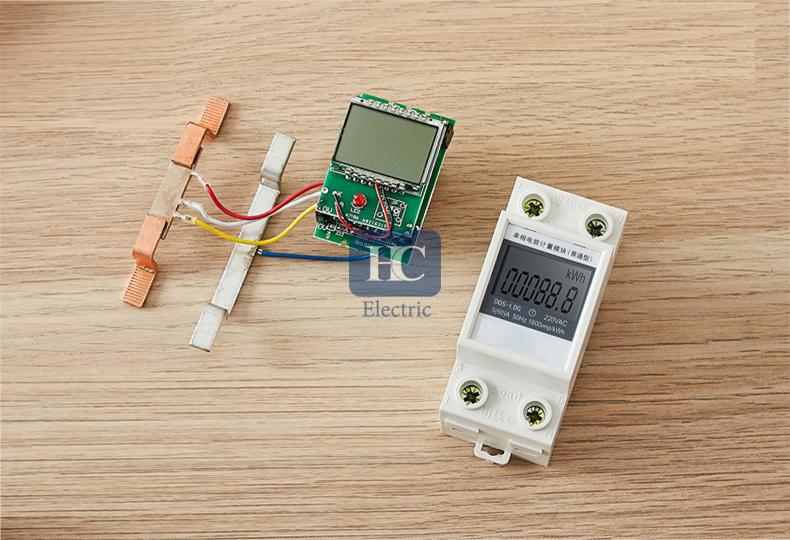
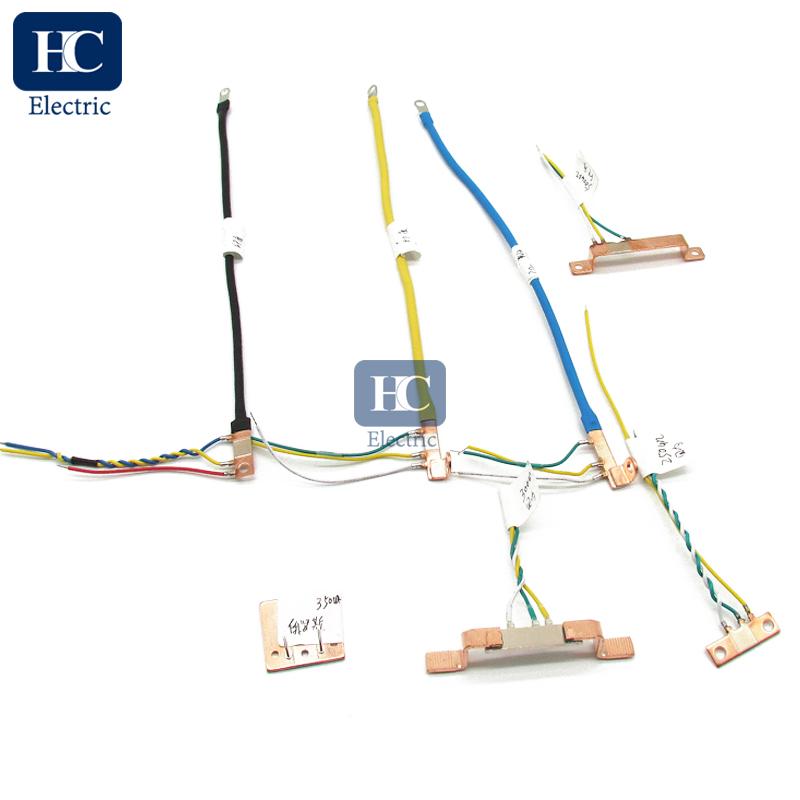
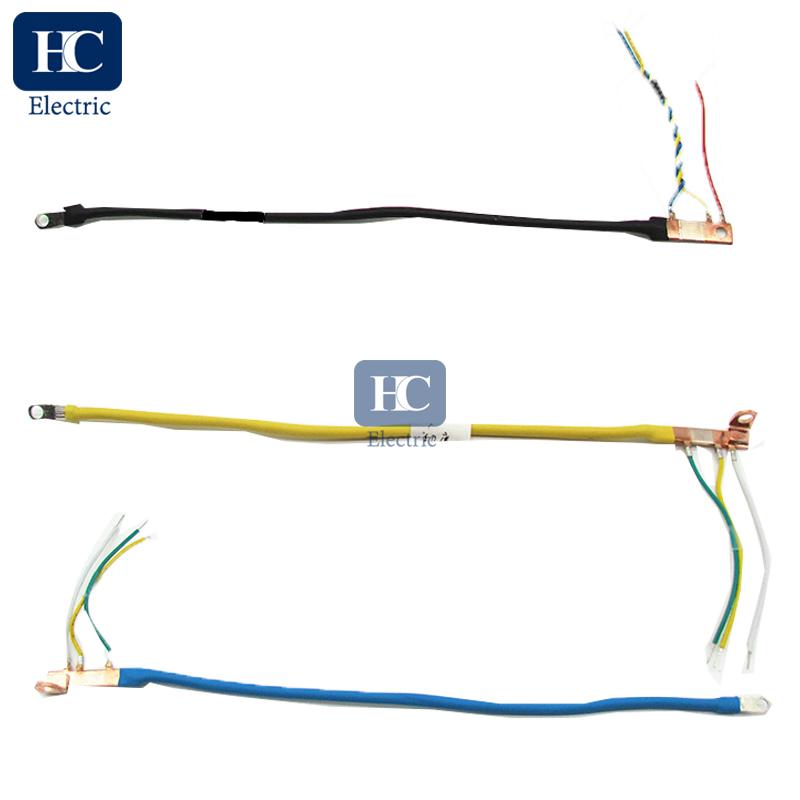
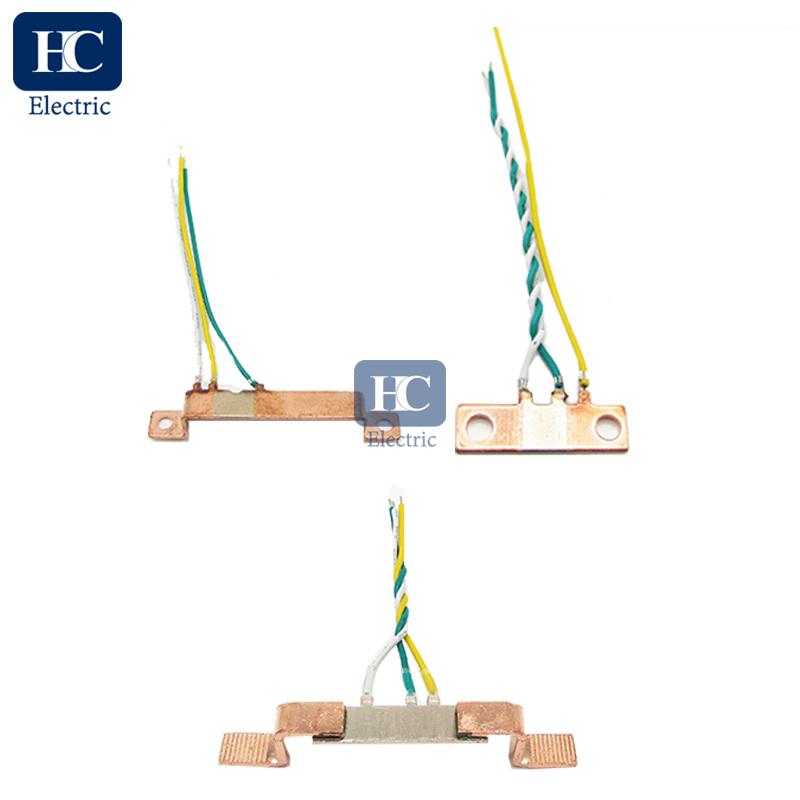
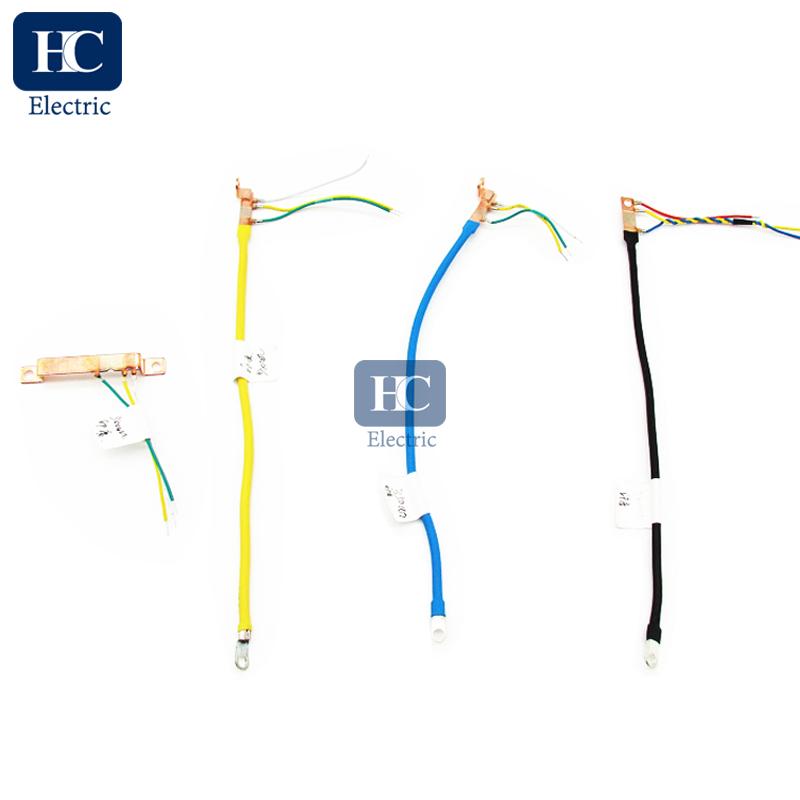
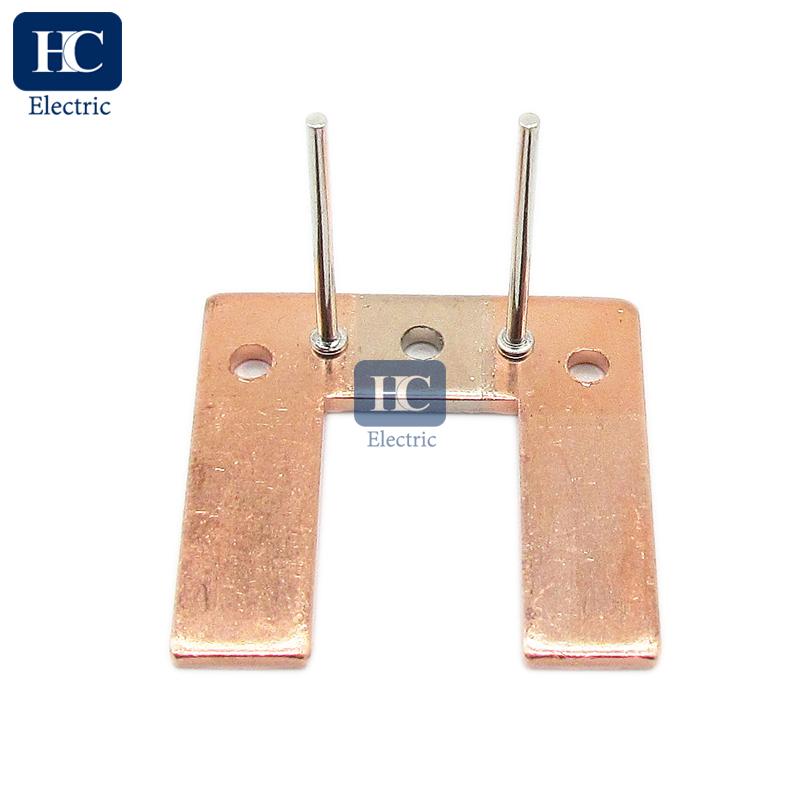
Contact: Zax Zhou
Phone: +86-18114518158
Tel: +86-18114518158
Email: sales@electric-hc.com
Add: Yueqing City, Zhejiang Province